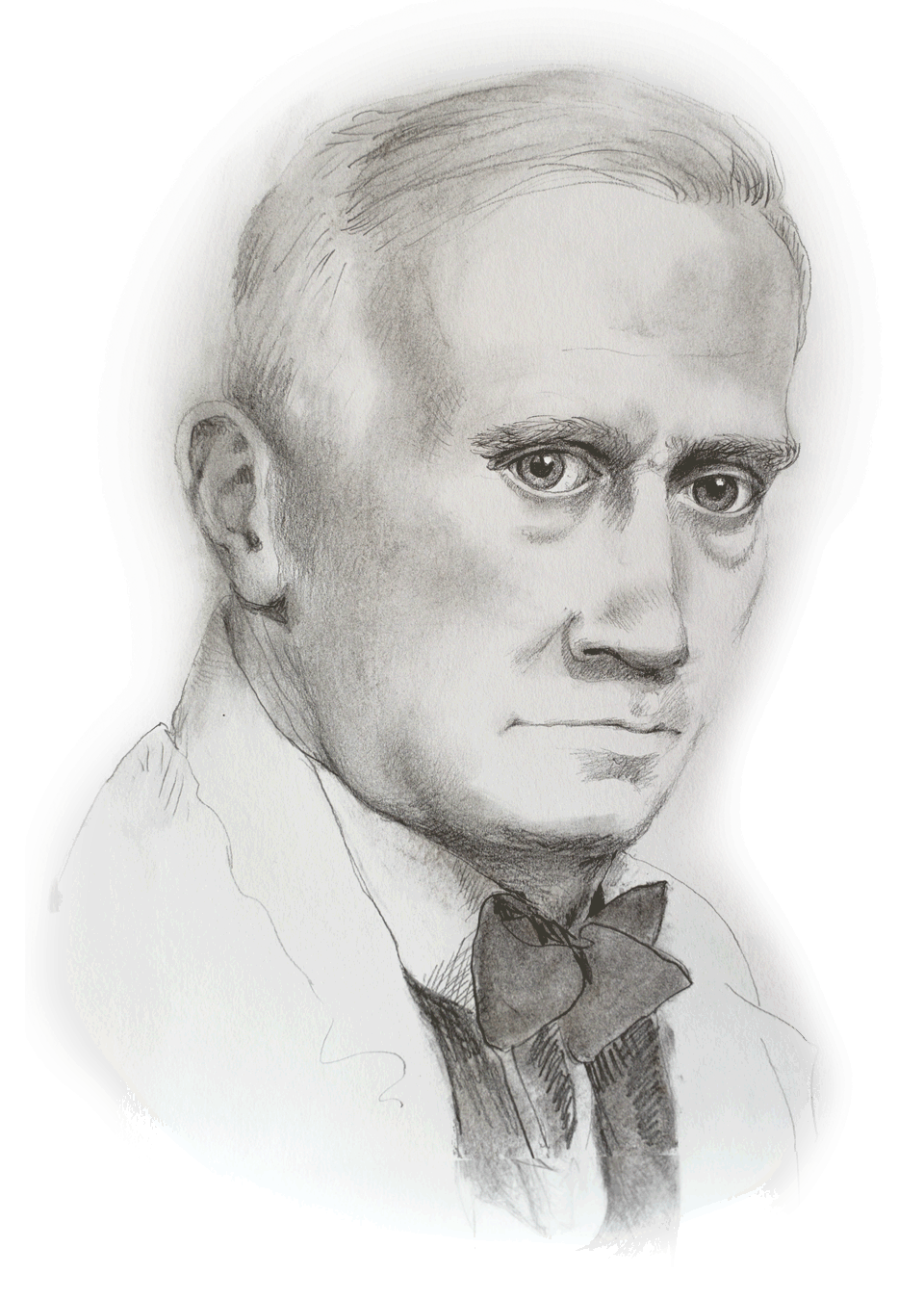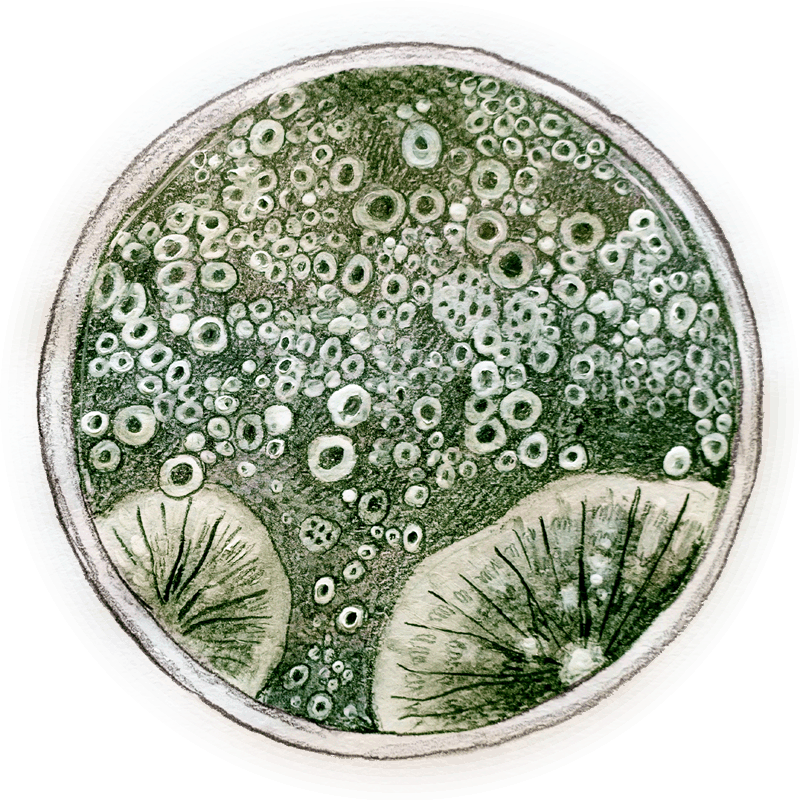February

February
Sir Alexander
Fleming
Life
Alexander Fleming was born on the 6th of August, 1881, on a farm in Lochfield, Scotland. He was educated at the primary school in Darvel and Loudoun, and then, thanks to a two year scholarship, he studied at a middle school in Kilmarnock. At the age of thirteen, he moved to London with his brother, where he continued his studies at the Royal Polytechnic Institute. Then, in 1903, encouraged by his brother, he enrolled at St. Mary’s Hospital to study medicine, graduating with honors.
Following university, Fleming became an assistant bacteriologist to Almroth Wright. After graduating as a bacteriologist, he worked as a lecturer until 1914. In 1915 he married an Irish-born hospital nurse, Sarah Marion McElroy.
In the First World War, he served as a military doctor with the rank of captain and worked at the front hospital in France. In 1918 he returned to St. Mary’s Hospital and continued his research and teaching career. In 1928, he was elected Professor of Bacteriology at the University of London and later became Head of the Vaccination Department at St. Mary’s, which was then renamed the Wright-Fleming Institute.
Alexander Fleming died of a heart attack in London, on the 11th of March 1955.
Work

During the war, Fleming witnessed many cases of wounded soldiers dying from sepsis or infection of their wounds. He observed that antiseptics often made the patients worse, but his warnings were not heeded and antiseptics continued to be used. After the war, Fleming continued his research on antibacterial agents and during a cold, he discovered that various bodily secretions contained antibacterial agents. He was able to isolate the largest quantities of this substance from egg white and named it lysozyme. But this agent was ineffective against pathogenic bacteria and could not be used in clinical practice.
Fleming is also credited with the discovery of penicillin. In September 1928, he was just returning to his laboratory from his family’s home when he noticed, that one of the cultures of staphylococcus bacteria he had been studying, had died. After further investigation, he discovered that the pathogens had been destroyed by a fungus, which he later named penicillin in a publication. In his experiments, the scientist discovered that the fungus killed the so-called Gram-positive bacteria, making possible to cure diseases such as pneumonia and the notorious syphilis. However, the Scottish scientist’s attempts to isolate the active ingredient of penicillin were unsuccessful, and after years of struggle, in the 1930’s he abandoned his research about the fungus.
This groundbreaking antibiotic was isolated and perfected during the Second World War by scientists Ernst Chain and Norman Florey, and although Fleming was not present, his work was not forgotten and he was awarded the Nobel Prize for Medicine in 1945 along with the two other scientists.
